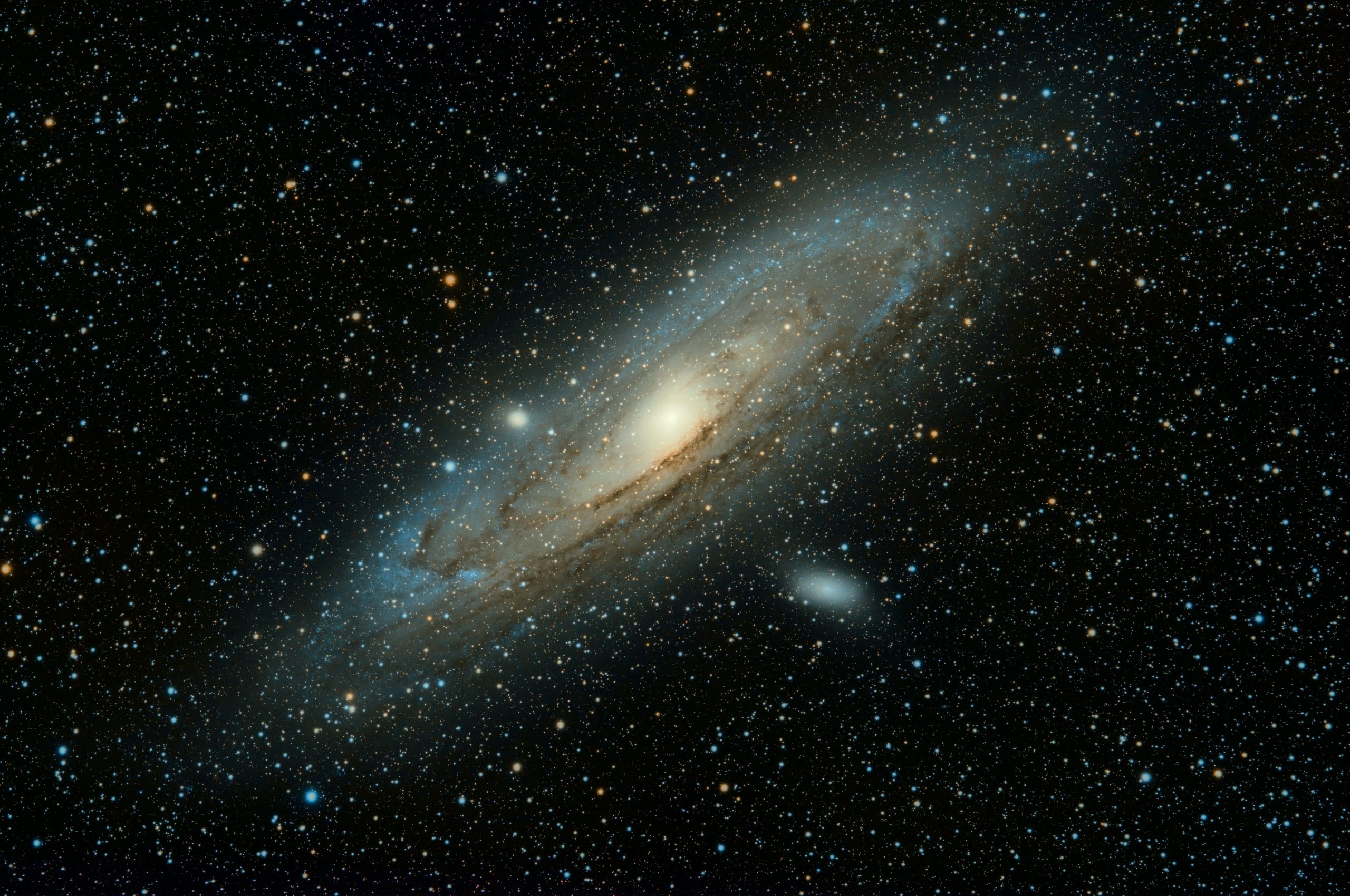A massive, new celestial object called 2014 UN271 has been spotted approaching the solar system, the discovery of which was announced by the International Astronomical Union Minor Planet Center on June 19.
The massive celestial object will be as close to the Sun as Saturn in the next ten years.
Due to the enormous distance between the Oort Cloud and the Sun, 2014 UN271 takes 612,190 years to complete an orbit around the Sun, according to Physics.org.
Also Read | NASA’s image of different wavelengths of Sun goes viral
2014 UN271 is different from the rest of celestial objects as it goes from about 1.6 billion kilometers from the Sun to a mind-numbing 2 trillion kilometers out, the distance which is a fifth of a light-year. According to reports, the celestial object from the Oort Cloud measures 100 to 370 kilometers (62 to 230 miles) wide.
The object was discovered through the data collected from 2014 to 2018 by the Dark Energt Survey (DES), Samantha Lawler, an astronomer at the University of Regina told Gizmodo.
Dr Pedro Bernardinelli, who was in the team that made the discovery, said that the reason why this announcement came late was the search of the celestial object took 15-20 million CPU-hours, “and the catalog production from our 80,000 exposures probably took more than that!”
When it was discovered, 2014 UN271 was at a distance of 29 astronomical units (AU) from the Sun and it is now 22 AU far from the Sun. It is expected to reach its closest to the Sun in 2031 when it will be as close as 10.9 AU, scientists have estimated, reported The Weather Channel.
The comet would not be able to see with naked eyes or binoculars, as skywatchers will need a telescope to spot 2014 UN271.







